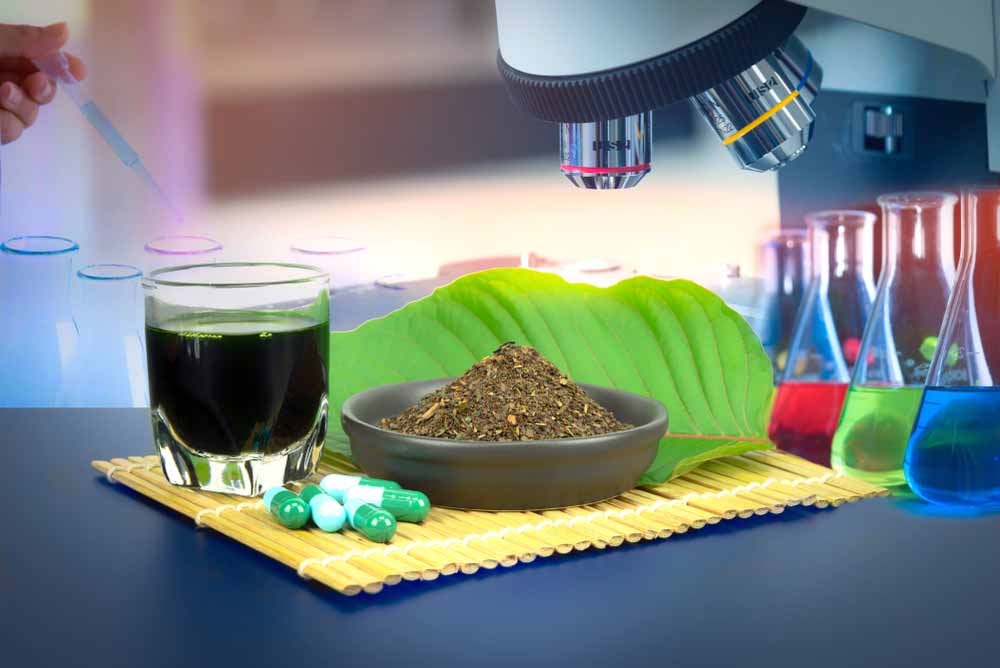

As Kratom continues to gain popularity among the masses, a variety of brands are now selling it in various forms. With so many options available, it's crucial to avoid purchasing Kratom that is expired, adulterated, or contaminated! You can tell if you are buying a quality product from a reliable and trustworthy vendor by looking to see if a company’s product has been lab-tested.
If you have ever purchased a Kratom product from a website, you might have come across labels reading “Third-Party Lab tested”. It is great to see selling high-quality Kratom becoming a standard in the industry, but what exactly is Kratom being tested for? What do the test results indicate, and how are these results important to you? Keep reading to find out!
What Exactly is Kratom Lab Testing?
Kratom lab testing is the process by which vendors and manufacturers analyze their powders, capsules, extracts, and other Kratom-based products. As part of this testing, researchers are looking for heavy metals and pathogens as well as learning more about the product's background, alkaloid content, and other characteristics.
Lab testing is typically performed by an accredited third-party laboratory, and some vendors may even collaborate with multiple third-party testing companies. Vendors may also provide customers with access to their testing information upon request or by posting it on their websites. Membership in industry organizations, such as the American Kratom Association's GMP programme, necessitates stringent testing requirements.
Why is Kratom Lab Tested?
In the botanicals industry, testing labs are employed to screen samples for a variety of substances that are typically thought to be harmful to humans at particular concentrations. Insignificant amounts of many of these substances are completely safe to consume.
Heavy Metals
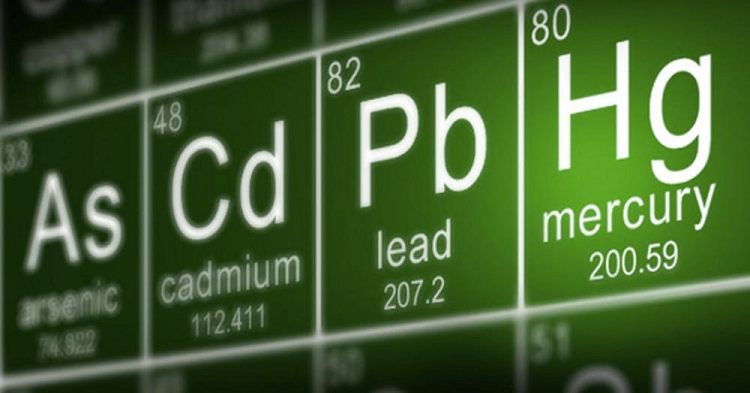

Due to human interference with the natural processes of the Earth, their concentrations have risen over the past century. Because of the elevated levels of heavy metals in the soil and water, more of our harvested plant material will eventually contain these contaminants.
Humans who eat this plant material put themselves at risk for being harmed by heavy metals like cadmium, nickel, or iron. Over time, taking these in high doses can be harmful to your health.
The following heavy metals are at least those that are searched for in every Kratom lab test: Arsenic, Mercury, Lead, and Cadmium.
Pathogens
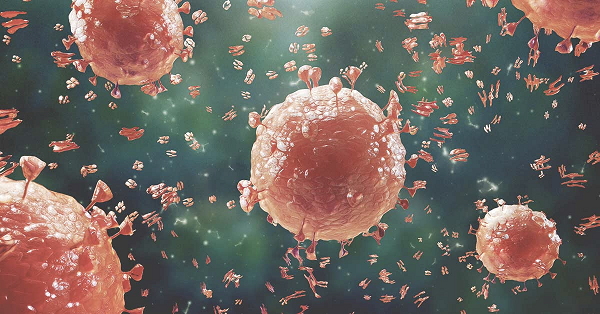

The presence of pathogens is the next thing analyzed when testing Kratom. It is crucial to check for the presence of these microbes because pathogens like bacteria or mold spores can be found in anything. The pathogens that could potentially be present in a Kratom product were not present when the plant was growing, which is why examining a Kratom product can reveal information about how the herb was grown, processed, and stored. Lab testing always makes sure to test for the following things because some microbes can be dangerous.
- Coliforms
- Salmonella (common bacterial disease)
- Mold
- Yeast
- Staphylococcus Aureus (major bacterial pathogen that causes a number of clinical manifestations)
Alkaloid


Many lab reports end with a statement that focuses more on quality than it does on risk. The majority of Kratom vendors and suppliers will test their product for the presence of particular plant alkaloids.
The Kratom plant naturally contains alkaloids, but the quantity of alkaloids in any given strain can differ depending on how, when, and how long the leaves were processed, stored, and harvested. Companies can guarantee the potency and purity of their Kratom products are consistent and of the highest caliber by testing for particular plant alkaloids.
Mitragynine and 7-hydroxymitragynine are the two main alkaloids that give Kratom its physiological effects, so laboratories check for them. But remember that there are over 20 different alkaloids in kratom, and the concentrations of each one vary depending on the strain.
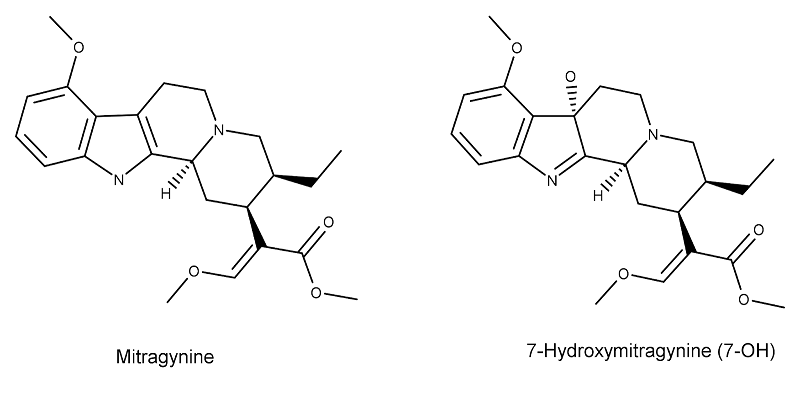

A growing number of laboratories are expanding the panel of alkaloids they use to test kratom, and some of them can currently identify up to ten alkaloids in very low concentrations.
Selecting the Right Kratom Lab
The choice of testing lab for a Kratom manufacturer's product is among the most crucial choices that can be made. Using a meticulous, reputable lab with years of experience and cutting-edge equipment could be the deciding factor in determining whether the results are real.
Kratom vendors are required to submit their products to stringent testing at reputable labs. It is crucial to select independent labs that test Kratom and are not financially or otherwise motivated by any particular Kratom vendor or company. This implies that no specific test results were produced at the laboratory's expense.
Interpreting the Results
Let's look at an example Kratom lab test result now that we have listed the numerous substances that our labs check for.
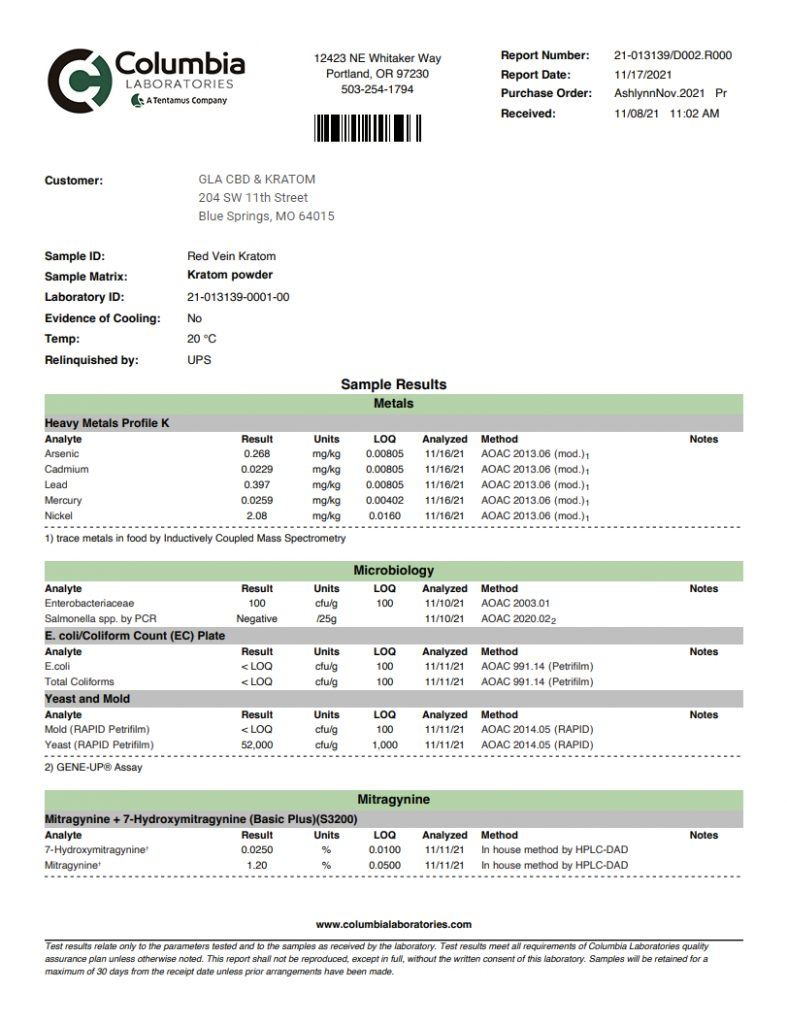

Pathogens:
- E. Coli: Although E.Coli is present in the sample, it is less than LOQ (the lowest concentration at which the analyte can not only be reliably detected).
- Yeast: 52,000 CFUs/gram were detected in this sample. This is below the stated limit of <100,000.
- Salmonella: Negative CFUs were present in this sample. This sample passes the test for Salmonella.
- Mold: This sample passes the test for Mold. The quantity of Mold present in the sample is less than the lowest concentration at which the analyte can not only be reliably detected.
- Coliforms: According to this laboratory analysis, this sample passes the test for Coliforms. The quantity of Coliforms present in the sample is less than the Limit of detection.
Heavy Metals:
- Arsenic: 0.268 mg/kg is detected in the sample. This is well below the acceptable limit.
- Mercury: 0.0259 mg/kg is detected in the sample. This is also well below the acceptable limit.
- Lead: Test reveals that 0.397 mg/kg is detected in the sample. Sample passes tests for Lead.
Alkaloids:
- Mitragynine: This sample has a pure mitragynine content of 1.2%. This falls within the specified 0.25–2% range. The mitragynine test shows that this sample is valid.
- 7-Hydroxymitragynine: This sample has a 7-hydroxymitragynine content of 0.0250.
Are Kratom Lab Results Always Accurate
For a number of reasons, a laboratory test for kratom could be unreliable:
Many kratom vendors still do not have systems in place to guarantee that every package in a shipment comes from the same reliable batch. It's possible that different boxes in the same shipment were milled on different days. The freshness and provenance of the Kratom in individual boxes may therefore vary, even within the same shipment.
Vendors should not mix the Kratom leaves when supplying them. This suggests that a sample from a single box cannot be representative of the shipment's entire contents.
Bacterial hotspots are common in herbal powders. As a result, a sample taken from a clean area inside the same box may pass lab testing, as opposed to a sample taken from a hot area inside the same box, which would cause the test to fail unless the kratom powder was mixed beforehand.
Other Things to Consider
In addition to checking the sample of heavy metals, pathogens, and alkaloids, there are a few other things you should consider while judging the quality of the Kratom.
Check to See if the Results are Tested by an Accredited Third-Party Lab.
A third-party laboratory's independent testing is an expensive service. Additionally, there is a chance that kratom won't pass the tests, in which case the vendor would have to throw away the entire batch, which was probably worth thousands of dollars. Nevertheless, it delivers accurate results and guarantees the authenticity and purity of goods.
An enterprise activity is tested by a neutral third-party lab. They are not affiliated with any particular vendor and have no desire to falsify the results. The veracity of the lab results, on the other hand, may be disputed if a retailer or manufacturer claims to have an in-house lab and that it tests its kratom there.
Check the Dates of the Kratom Lab Test Results
The dates of the kratom lab test results should be fairly recent, despite the fact that the pandemic has slowed down business operations for kratom vendors.
The most recent batch of kratom may not have been tested if you are aware that the vendor has recently imported new kratom but the dates on the lab test results are recent. But it's also possible that the vendor hasn't updated those yet, particularly if the company is very small and only has one or a few employees.
Never be afraid to contact them and ask if you have any questions. A vendor who follows moral business principles and genuinely cares about their customers' welfare should have no problem providing those.
Verify if the Strain is Accurate and Lot is Number is Listed
A vendor of kratom shouldn't just analyze a sample. They ought to test a sample from each strain and batch they get. Therefore, the strain tested and the corresponding lot number should be listed in lab test results rather than generic terms like "kratom powder" or "Mitragyna speciosa."
Check to see if the strain name you intend to buy matches the name on the available lab test results and has a lot number next to it. You can see the name of the relevant strain and its lot number, as well as a picture of the sample's packaging, if you, for instance, look at the results of our kratom lab testing. By doing so, you can confirm that the test was performed on our kratom and learn which strain the results pertain to.
Conclusion
Kratom has the potential to be a beneficial and safe substitute for some synthetic products currently available in the market, but only under the rigorous and stringent testing. Knowing how to read a kratom lab test report can truly assist you in understanding the differences between good and bad kratom and ensuring that what you use is truly what it should be. Kratom should be safe and beneficial, just like the food and water you consume. If you want complete peace of mind, read the manufacturer's materials and fully research the testing results.



